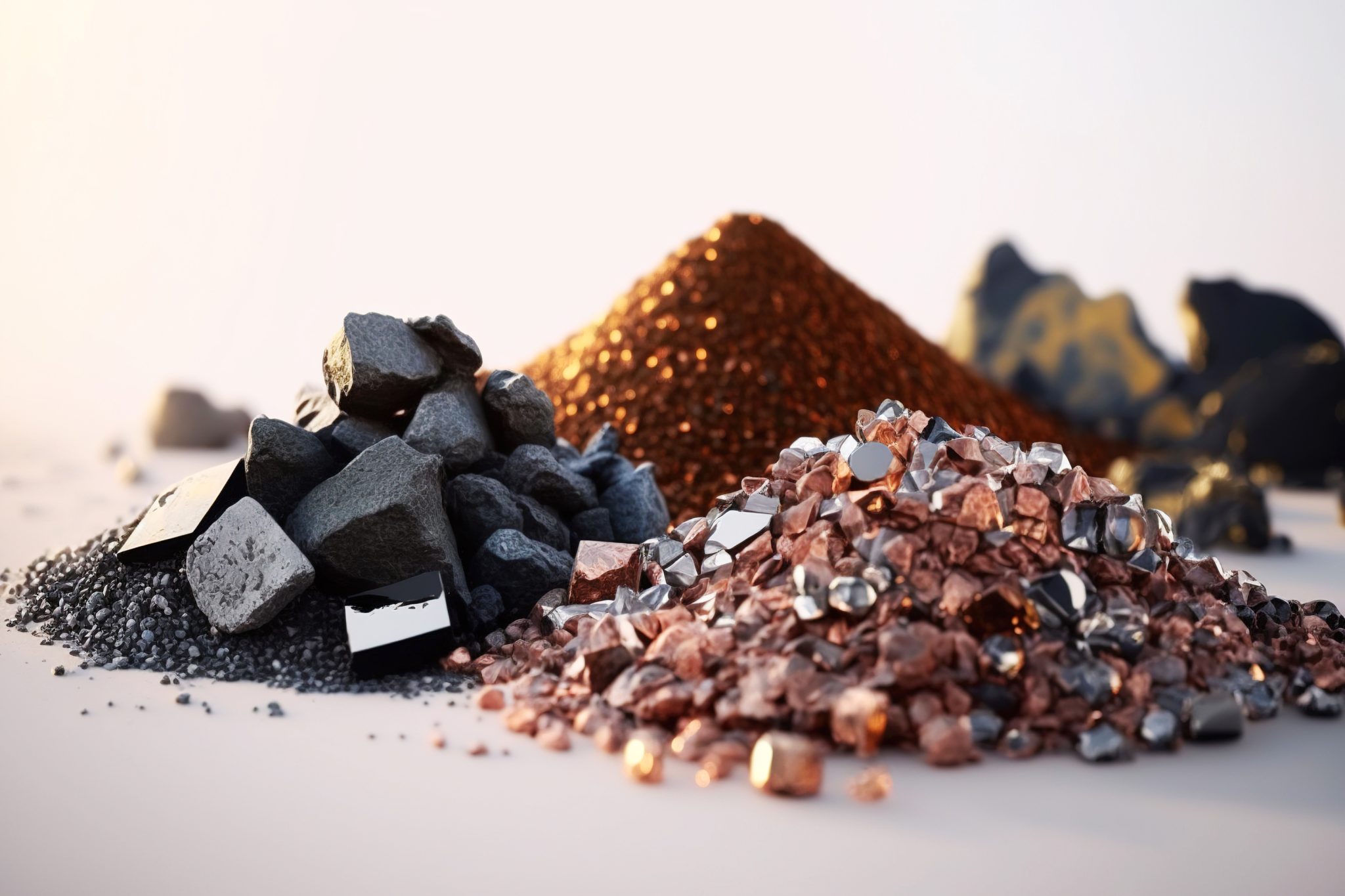CLOSE
About Elements
TANAKA is a leading company in the field of precious metals.
Advanced materials and solutions that support societal progress, the development stories behind them, the voices of engineers, and our management philosophy and vision—
Elements is an online media platform that shares insights that lead to a better society and a more prosperous future for the planet under the slogan “Mastering Precious Metals.”

First-person perspective: Market-driven solutions to precious-metals supply

Joaquin Corbalan P/Shutterstock.
by Bodo Albrecht Resource Recycling
This article appeared in the September 2024 issue of Resource Recycling. Subscribe today for access to all print content.
Global growth in uptake of electric vehicles, semiconductors, fuel cells, battery panels, medical devices and other products and components is fueling heightened demand for precious metals. Manufacturers of a diverse range of products favor these metals for their superior electrical conductivity, corrosion resistance, hardness and a range of other valuable qualities.
At the same time, precious metals are a limited natural resource. It is not uncommon for mines in South Africa, for example, to plunge 2 or 3 kilometers into the ground to reach their deposits. Many major mining operations around the world are advanced in their life cycles. While exploration for new sources is ongoing, the price of such efforts is very high.
Of course, the approaching shortage of precious metals is problematic not only from the perspective of simple industrial supply and demand; there also is the devastating impact on our environment and human well-being to be taken into account. According to a February 2022 research briefing to the U.K. Parliament, “Mining and mineral processing consume large volumes of water, including in arid regions. The discharge of water from mine sites can result in serious contamination of waterways. The industry uses over 8% of the world’s total energy each year to produce metals, and contributes to 10% of the annual greenhouse gas (GHG) emissions. Improper storage of mine waste has resulted in humanitarian and ecological disasters.”
The mining of precious metals in particular involves long-established and well-understood methods and high safety standards, making it a much smaller contributor to environmental issues than some base metal or rare-earth mining operations. However, according to a study published by the International Platinum Association in 2023, the carbon footprint of recycled precious metals is still more than 90% less than primary mining.
Recovering Vs. Mining Precious Metals
There are so many recoverable precious metals — gold, iridium, osmium, palladium, platinum, rhodium, ruthenium and silver — that are being wasted today.
The World Health Organization has referred to e-scrap — computers, household appliances, medical devices, mobile phones, etc. — as “the fastest growing solid waste stream in the world,” of which only 17.4% was documented as formally collected and recycled. E-scrap typically contains precious metals such as gold and silver as well as platinum group metals, depending on the kind of material.
By contrast, the majority of waste and spent catalysts from industrial production worldwide is a ready source of recoverable metals that is already being recycled.
Even slightly improving the ratio of the precious metals that are recovered in various ways relative to those that are mined would offer tremendous, varied and widely shared benefits. To date, the relative complexities associated with recovering precious metals have made the process only a limited player in industry’s plans for attaining the resources that it needs. Market-driven trends, however, are changing the equation.
![]()







